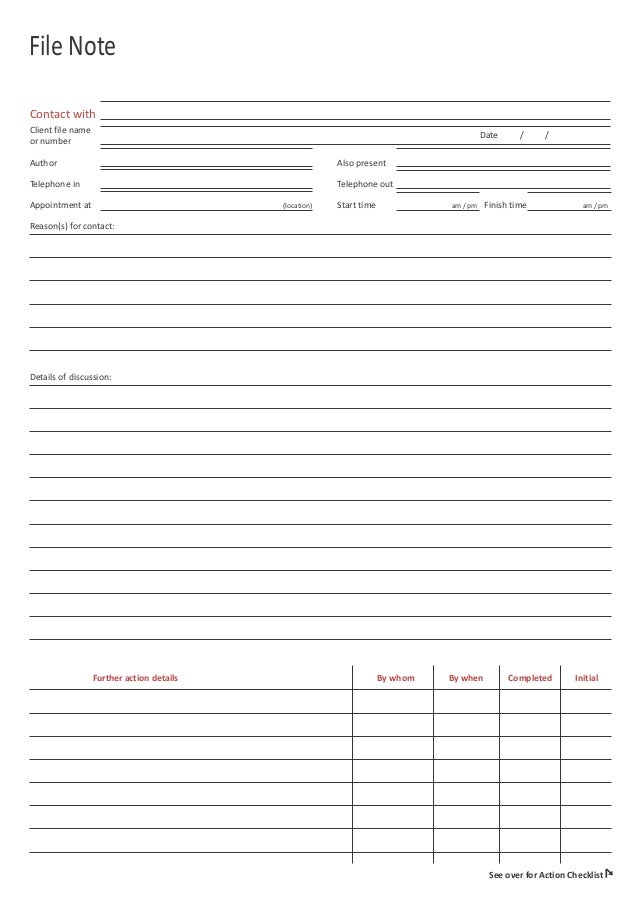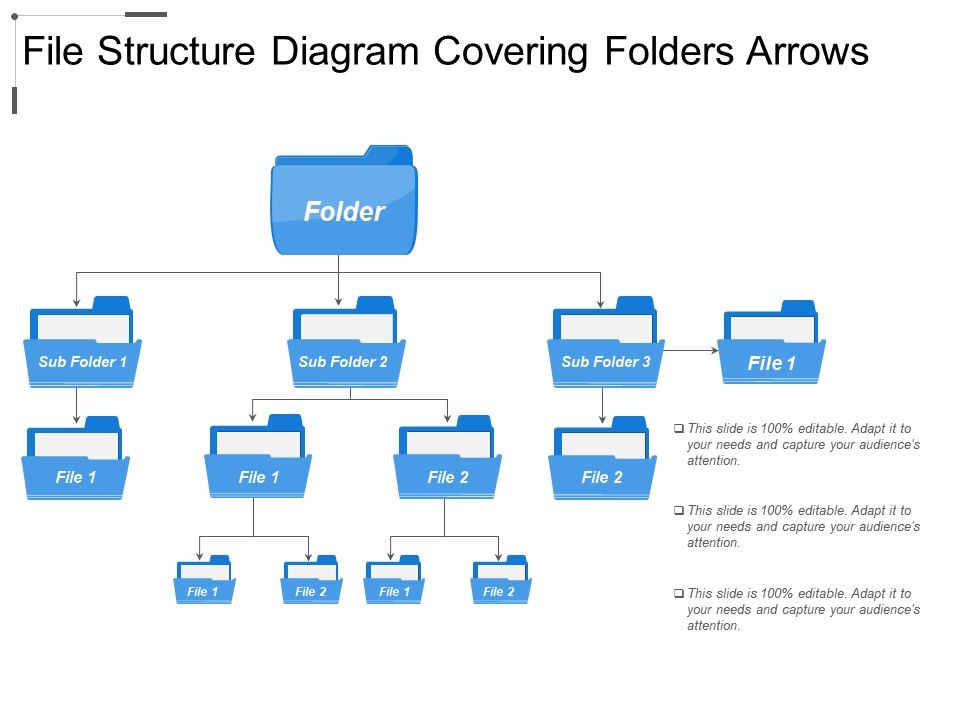Table of Content
When pulling new files from a remote repository’s URL into a remote-cache, the user performing this request must have deploy/cache permission. Do not set explicit NTFS permissions on deep levels in the directory. Limit the number of levels to 2-3 in order to keep things clear and simple. The number of permission groups and list groups needed to manage explicit permissions on deeper levels quickly grows out of control.
This leaves me with the exact image of the folder when the person left. In our agency each user has a home folder , then we have a separate Shared Folder that has limited access on an as needed basis and a separate folder for profile folders. All folders have security set at the parent folder level and permissions are set with security groups, not individuals, except for their home folder and profile folders. Let access-based enumeration help keep the home folder secure. When creating user folders under Home, remove all inherited permissions except System and Administrators, then add the user with Modify permissions.
Avoid Breaking Inheritance
When you assign permissions for working with application folders, assign the “Read & Execute” permission to the Users group and Administrators group. It’s a good practice to give “everyone” full control privileges on the Share Permission and then define specific permissions on the NTFS level—just as Microsoft has recommended it. Today, we are going to take a look atfive common mistakesmade when setting NTFS permissions. To help you avoid errors like these, we will also walk you through thebest practices for NTFS permission management. I got it working where newly created folders generated from AD when creating a new user, but there is a bunch of already existing folders that would need to to work the same way.

Should you have a remote repository cache, Artifactory will first try to resolve your artifact from the remote-cache. If your artifact are not present in that location, Artifactory will then try to resolve your artifact from your remote registry. Permissions that are assigned to your remote repository will also apply to its remote-cache. This said, knowing the best way to assign permissions is not obvious. In particular, it’s helpful to get into the habit of setting up groups in which user roles and permissions for your teams/projects are carefully defined. To ease administration, it’s important to keep application files and data files on their own individual folders.
Criminal Charges For Cyber Security Staff?
Since Windows actually puts a hard limit on the number of groups a user can be part of, having too many nested groups can lead to not all permissions being read correctly. Otherwise, users end up being able to browse all directories on the file server. To avoid these kinds of mistakes in the future, read our free white paper and learn about best practices for managing permissions in Microsoft environments. The use of NTFS permissions does not automatically guarantee that users who have permissions for a specific folder can actually navigate to that folder via the Windows Explorer. This requires list permissions (“Show folder contents”) for superordinate directories. The number 1 mistake admins make when setting NTFS permissions is giving users direct access instead of assigning permissions through groups .

While any administrator knows how toset or change NTFS permission levels, the tricky part is how to manage them consistently and efficiently forhundreds or thousands of different users. By making permission groups members of the list groups for directories above their folder, users automatically receive the necessary permissions when they are given access to a resource. It is, however, very important to restrict inheritance to ensure the ability to view folder contents only applies to the folder in question, not other folders within the same directory. Yes, it takes time and effort to create, name and manage hundreds of different groups. But it’s still a lot easier than trying to balance thousands of individual permissions. When file access needs to be adjusted later on, would you rather make one change to the relevant permission group or change the settings for dozens of individual users?
NTFS Permissions Best Practices: How to Set Permissions Correctly!
To learn more about why users who have more permissions than absolutely necessary are a threat to the safety of your data, read our article Reference Users – An Underestimated Risk. It’s also easier to manage the permissions of application or data folders when they are stored on their own, rather than when mixed with other file and data types. For instance, if users require “Read” permissions for several application folders, store those folders within a single folder. This will allow you to grant the permission to that larger folder, instead of doing that for each application folder.

Whether you’re in the planning phase or have already implemented NTFS permissions, following some best practices ensure smooth administration and aid in resolving access issues quickly. Security is set for that single user either manually (if I've cocked up the process) or normally by AD when creating the user and setting their home folder. Currently we are working to secure our internal LAN and due to this we are planning to stop mobile devices to connect on corporate network. I'm trying to help clean up and potentially automate the creation of a folder for a specific subset of users. Hopefully I can make sense of the current structure now and what we'd like to accomplish.
How to Set Correct Permissions to Home Folder in Active Directory Domain Services in Windows Server 2012 R2
This may not be very helpful, but for us the share itself is set up with only administrator access (e.g. user$) and then each user has access to only their own home folder. Typically for us though, if a senior manager needs a user's folder, it is infrequent enough that I simply set up their access to it manually. All other files they place on a shared resource for other managers to use as well. Remote repositories can be seen and reached via two different URLs – the repository-name and the repository-name-cache. The latter functions just like a local repository in that it only serves those files that are present in it. You cannot deploy artifacts directly to a remote repository cache.

This can help you when defining a given Permission Target, as your projects will contain your repository list. This not only serves as your guide but also as something you can share with other admins in your group to ensure everyone is on the same page. By using tools such as FolderSecurityViewer or Effective Permission tool, you can examine and see the permissions each user has and act upon them accordingly. Doing so prevents unauthorized access to critical data, making your environment more secure. Here are seven practices we find effective in managing NTFS permissions. We actually have the user's Documents folder redirected via group policy as well to the server.
For instance, when using LDAP, you can import a group that a specific LDAP user belongs to and assign that group to Permission Targets. This will allow you to automatically grant your users specific permissions. In Windows, it is possible to “break up“ inheritance for permissions on each folder level. This means that the usual mechanisms (i.e. superordinate NTFS permissions are inherited by subordinate folders) can be bypassed, making it possible to set entirely new NTFS permissions.
User groups should only be used to group together staff members that are part of the same organizational unit . You want to make sure the folder that HOLDS the user folders, is set so everyone can read for this folder only. Then the user folders within said folder are where you're going to have to assign the specific permissions. So you'd want to set it so john_smith has permission over the john_smith user folder . Our folders/files already exist on a server and I am moving to a new server and want to set permissions correctly. Great responses and the server software makes it fairly easy to get this done.
I would recommend not having users "Home" folders nested inside of your "Shared" folder. However if you do make sure that you block inheritance on your Home folder so it does not automatically inherit permissions on the Shared folder. “Read & Execute” permits only viewing, accessing, and executing the file. This way, it’ll prevent application files from being accidentally deleted or damaged by users or viruses.

Windows 2003 R2 introduced Access Based Enumeration , which allows folders to be made invisible to users who do not have access to them. Nothing is shared on our PC's, but we have share drives on file servers that we share files over. And since this gets backed up, the company never loses any files or data when someone is fired or leaves, or if the laptop or PC is damaged/corrupted. Each of the folders under shared, i.e home,dept, do not inheritance and have group permissions to prevent the wrong people from being able to access. That is where my questions for the User's folders come into play.
During the resolution process, virtual repositories use the permissions of their individual repositories. I also do backups but I do zips of the folder the day they are terminated as well. I don't map drives to network shares at all - I prefer to use UNC paths & shortcuts whenever possible.

No comments:
Post a Comment